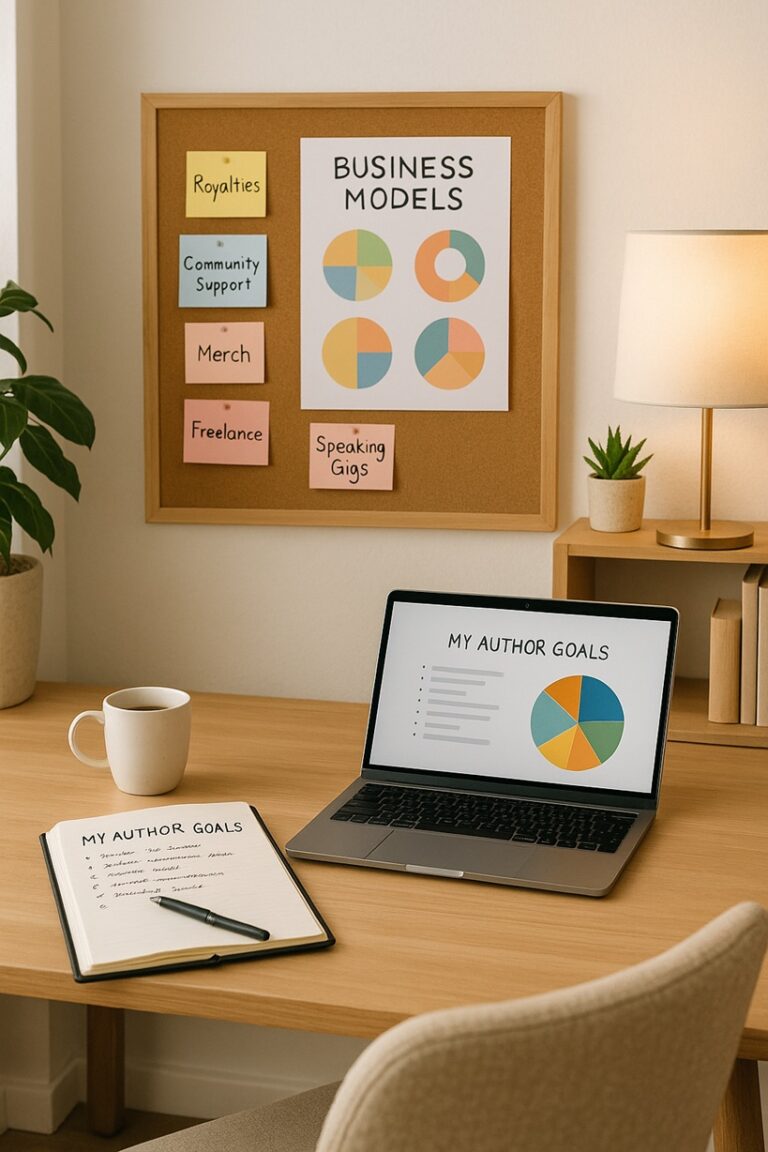Project “W”: Getting It Done Now

“Starting is half done.”
Getting it done starts with getting your book started. Your answers to the “W” questions can help you get started on your book. Later, if you go off the rails when writing a book, your answers can help you get back on track. Also, completing the basic proposal questions can help: What’s the book about? Who’s it for? Why you? Why now? What’s new?
The “W” questions are often referred to as the journalist questions, but we’ve added a few more project related questions.
Take a look.
What You Need To Do
Do what you know you need to do. If you don’t know what to do, find out. Ask questions or research for an answer. What do you want to write about?
Why Do It
Know your why. What is your purpose? This will drive almost everything else. Also, if you get off track, your “why” can especially help you get you back on track. Why write and publish a book or series? Why does it matter to readers and to you?
How to Do It
Know how to do it. How are you going to complete the parts of the project. If you don’t know how, find out. Ask questions or research the answer. How will you write it? (Break it down into do-able parts). How will you publish it? (Traditional or Indie?)
When to Do It
Do it when it should be done. If you don’t know when, again find out by asking questions or researching the answer. Or set your own deadlines. When will you write it? (When will you start?) When will you publish?
Where to Do It
Know and do it where you should do it. If you don’t know where to do, find out. Ask questions or research the answer. Or set your own “where.” Where will you write it? Where will you publish it?
Whether You Want to Do It
Do it whether you want to or feel like it. This makes the difference between whether you get the project done. Write it whether you want to or feel like it. Publish it whether you feel like it.
Getting It Done Now (TNT)
Whoever first said “starting is half done” made a valid point. Too often getting start stands in the way to what you think you want to do. Write your first book. Write our next book. When you stare at a blank scene or a blank page, it can make your mind free. That’s where the W questions for getting it done work.
Try them the next time you’re starting at a blank scene. You can add more depth to them by asking more questions about your answers. For instance, if your answer to what you want to write about was “gardening,” a follow up question could be, “What about gardening do you most want to write about? Or What about gardening do you care about the most? If your answer was “Tomatoes,” your follow up questions might be, “What kind of tomatoes?” Or “container tomatoes or in the ground garden?”
You could also ask, “What do I already know about tomatoes?” After answering that questions, you could ask “What don’t I know that I need to learn more about?”
Once you’ve drilled down on the “What” questions, move to the next “W” question, the Why. When you’ve answered your why, create more questions about your why. For instance, if you answered, “Because I love tomatoes and I want to share that love with others,” ask “Why do you want to share your love?” And then ask why about the answer.
Then move on to the next “W” question. Continue to ask the basic questions at least. But if you can ask and answer questions of your questions, you can build a lot more content to help you get started. Then as you begin writing you can revisit the getting it done questions for more inspiration. Also, if you start to lag when writing, the “W” questions can help you restart and keep going. The key is to start.
TNT: Today, Not tomorrow.
If you have a draft you want to publish, and wonder how AI can help, read, Is Your Book Ready to Self-Publish? Lastly, for help writing a non-fiction book, read Write Your First Non-Fiction eBook: a 30-Day Workbook for Getting It Done.
Writing is a journey of continuous learning and growth. You don’t have to work on it alone. We’re here to continue the journey with you, providing inspiration and encouragement every step of the way. Our goal is to provide basic insights and practical advice to help you navigate the writing world with increased confidence.
If you have a draft you want to publish, and wonder how AI can help, read, Is Your Book Ready to Self-Publish? Lastly, for help writing a non-fiction book, read Write Your First Non-Fiction eBook: a 30-Day Workbook for Getting It Done.
Don’t wait. Start today! How can we help? To let us know, please fill out our contact form.
Frequently Asked Questions (FAQs)Top of Form
How can I stay motivated to write if I feel uninspired halfway through my project?
Revisit your initial “why” for writing. Taking breaks, setting small goals, and celebrating minor wins can help regain focus. Try changing your environment or discussing ideas with others for fresh perspectives.
What are some effective ways to research for self-publishing platforms?
Start by comparing key aspects such as pricing, royalties, distribution, and ease of use. Popular options include Amazon KDP, Draft2Digital, and IngramSpark. Look at user reviews and success stories.
How do I set realistic deadlines for writing and publishing?
Break your project into phases (drafting, editing, formatting) and assign deadlines based on your personal pace. Buffer time for revisions and unexpected delays. Use time-management tools like Trello or Google Calendar.
How can I break down a writing project into manageable tasks?
Start with an outline of your book, then divide each chapter or section into smaller milestones. Focus on one section at a time, such as drafting, then editing. Tools like Scrivener help organize tasks.
What should I do if I encounter writer’s block during my writing journey?
Change your routine, like writing in a different location or using writing prompts. Engage in freewriting to get unstuck, or revisit your outline for structure. Taking a short break to recharge can also help.

